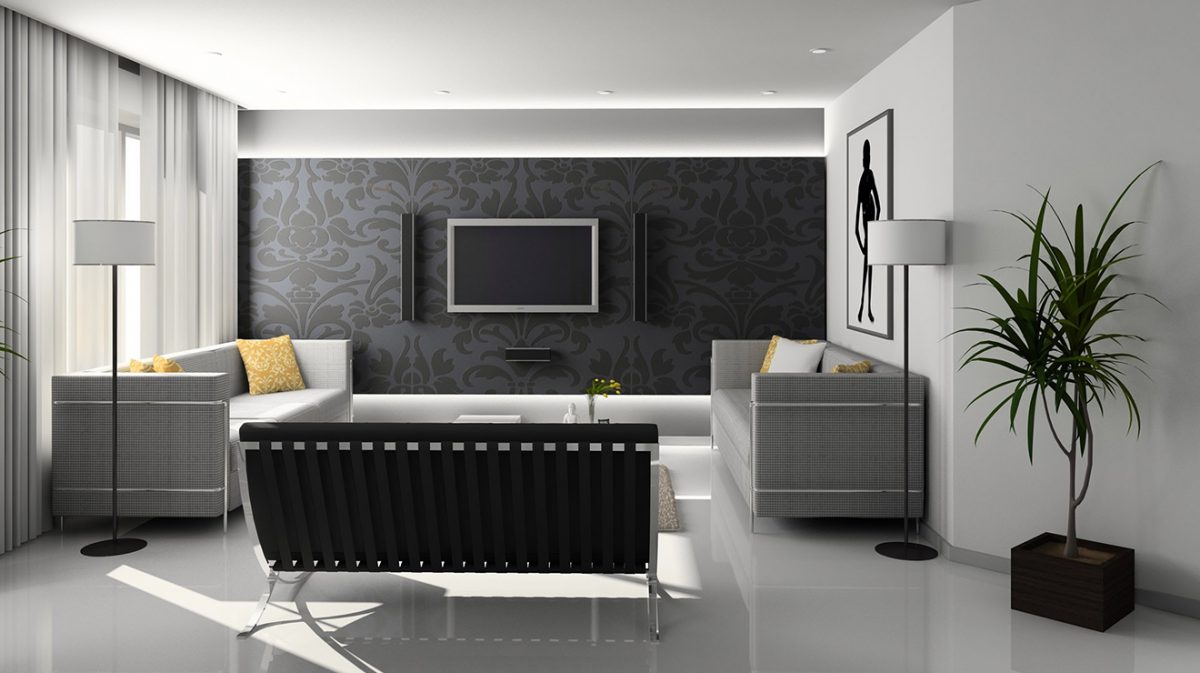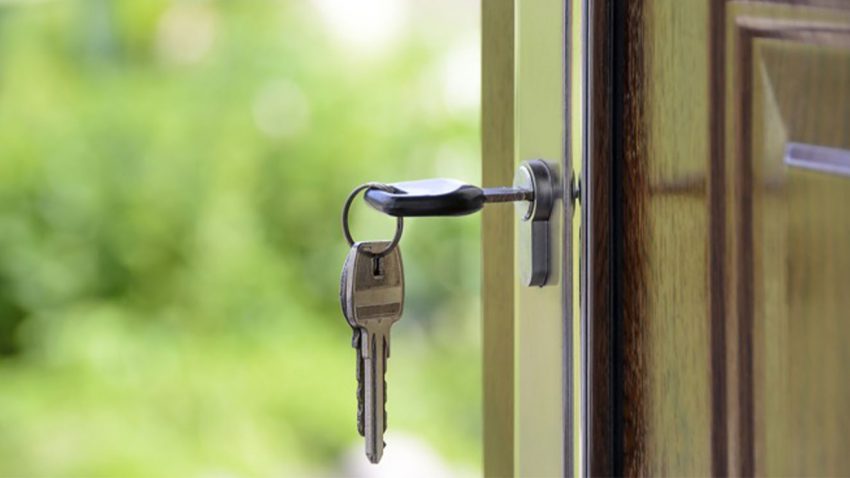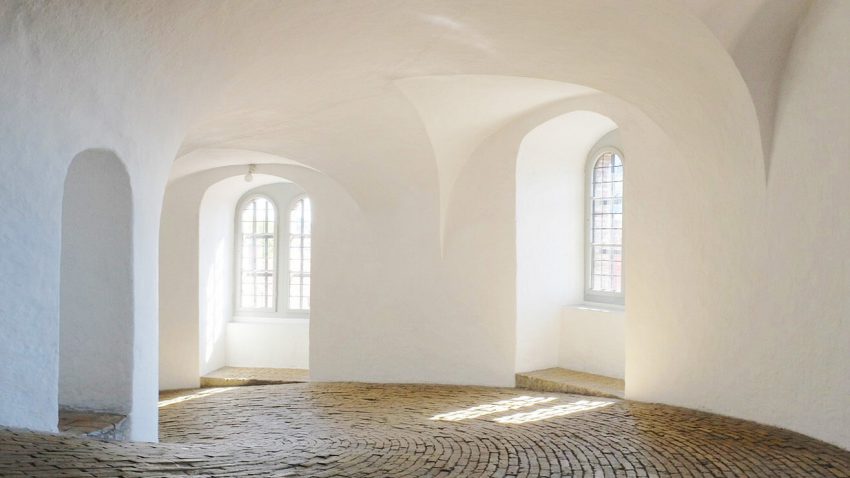Most real estate veterans know that there’s a special formula to making a house sale-ready. This is the formula of “staging” — highlighting your home’s strengths, downplaying weaknesses, and appealing to the largest possible pool of potential buyers.
If you’re going to sell your house with video, classic staging tips, as well as a few creative ones, are going to be necessary to make sure you capture your house’s charm and value on camera. Key video-centric goals will be to make your house look as large as it really is, to showcase attractive aspects of your house, and to give views that are bright and clean.
With that in mind, we’ve put together a series of eight steps you should take as you prepare to create your video tour.
1. Plan which areas to show
The first thing to do is to plan which parts of your house will be most important to show, and the order in which you want to show them. While large rooms are important, small rooms – even closets – can be too. Obviously you can’t show every nook and cranny, so go for a solid preview of all the most attractive rooms, spaces, and storage areas. You also might have a particularly good feature you want to show off, such as an original stained glass window, or vintage crown molding. Be sure to include these striking features in your staging plan to see how they come out on camera, as they might make excellent (and eye-catching) selling points.
2. Repurpose under-used spaces
As you plan which rooms to show, consider repurposing areas you might currently think of as throwaway spaces, like a guest room used to store odds and ends. By emptying out and reorganizing this kind of space, you can actually increase the apparent value of your home. You can easily repurpose a spare-room-used-for-storage into a sitting room just by adding an armchair, bookshelf and table (which you can also use to organize or hide its contents) meaning it isn’t necessarily that difficult to create new usable spaces.
3. Repaint
As a general rule, houses sell better if main rooms are painted in neutral, light colors. The opposite can be true, however, for small spaces, where bold colors can feel interesting and cozy. On video, light-colored rooms will appear even larger, and having a light-colored space makes it easier to achieve optimal lighting.

Image Credit: Outreachr.com
4. Fix small imperfections
If you have small projects you’ve been meaning to take care of, now is the time. Fix cracks in floorboards, sidewalks or walls, fill and cover unsightly hardware holes, etc. The goal is to create as seamless a visual as possible for the camera to pan across. The tidier appearance also tends to raise the buying price by making your home look well-maintained.
5. Group furniture
If your furniture tends to be pushed back against walls, think through ways you can rearrange it to create a more dynamic sense of space. Reposition your seating into groups to make the room seem larger and more accessible. This is also a good moment to move furniture around the house, using a mix-and-match strategy to get the best effect.

Image Credit: Penn Waggener
6. Get rid of clutter
Clean, clear spaces will look the best on film, so take time to de-clutter the house, and pack away anything that doesn’t add to the usefulness or beauty of the space. Clear out closets and piles of things to show off your space and make it look as expansive as possible. Packing away personal items temporarily is also useful, as it allows potential buyers to more easily envision themselves living in the space. You’re planning to move anyway, so this might also save you time down the road if you do it in an organized fashion.
7. Make it shine
Smooth, shining surfaces will do well on camera, so make sure windows and glass doors are glossy, and be prepared to showcase gleaming stainless steel appliances, sparkling countertops, and freshly waxed hardwood floors. Take the time to thoroughly vacuum, mop, wipe down and dust all surfaces.

Image Credit: Chalon Handmade
8. Add fresh flowers, plants and fruit
Finally, you can soften the feel of each room by adding freshly cut flowers or real branches in vases and bowls (even wildflowers or ones from your garden), as well as bowls of fruit in the rooms where that’s appropriate. Having natural beauty around sends a message of the space being lived-in, which is exactly what you want.
One major benefit of creating a video home tour is that you only need to maintain the “staged” look for the time it takes to make the video. While the usual way of selling homes effectively requires sellers to be on-call for visits for months or even years, this method allows you to stage your house in the weeks before the video shoot, and then afterward, relax back into your natural living style while the house is viewed by potential buyers online.
To add a suggestion of your own, or to ask us a question, leave your thoughts in comments below or tweet to us!











